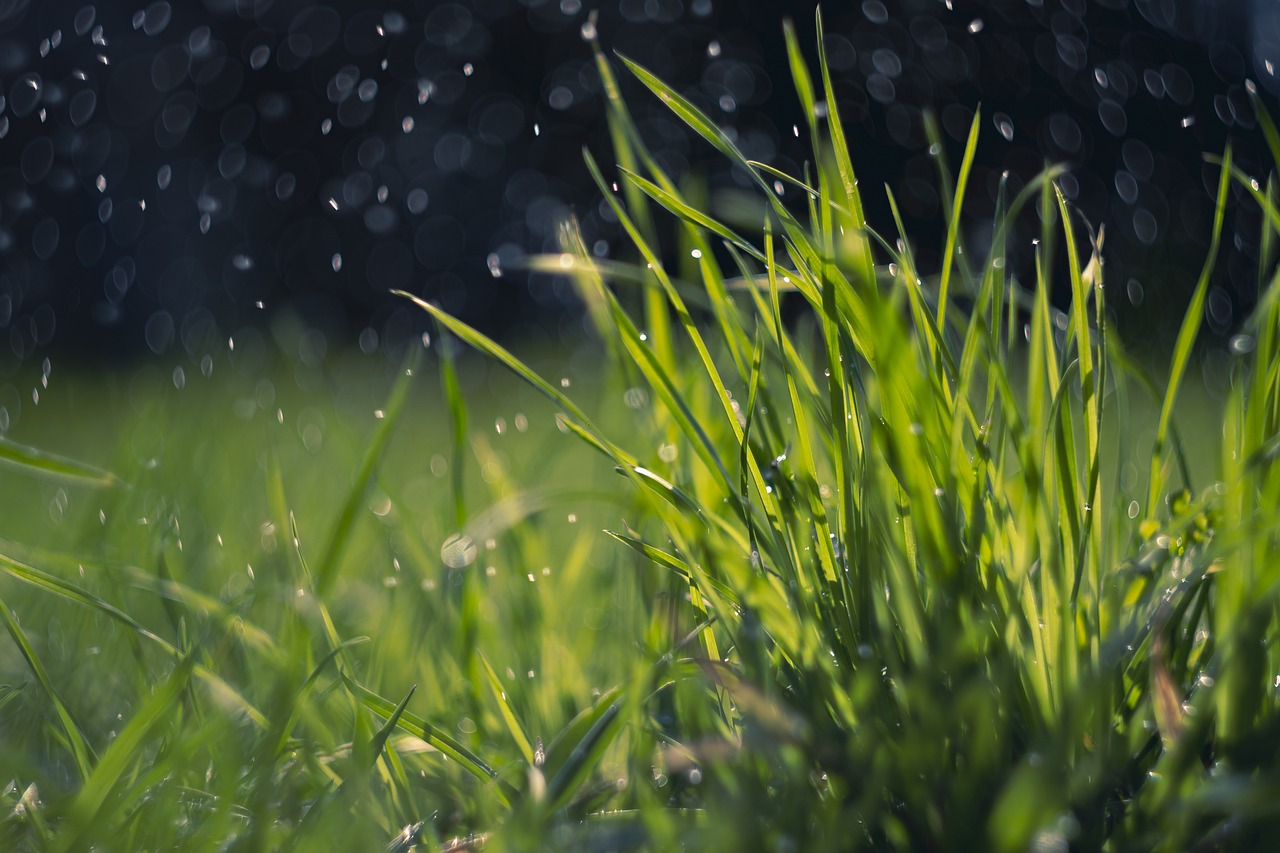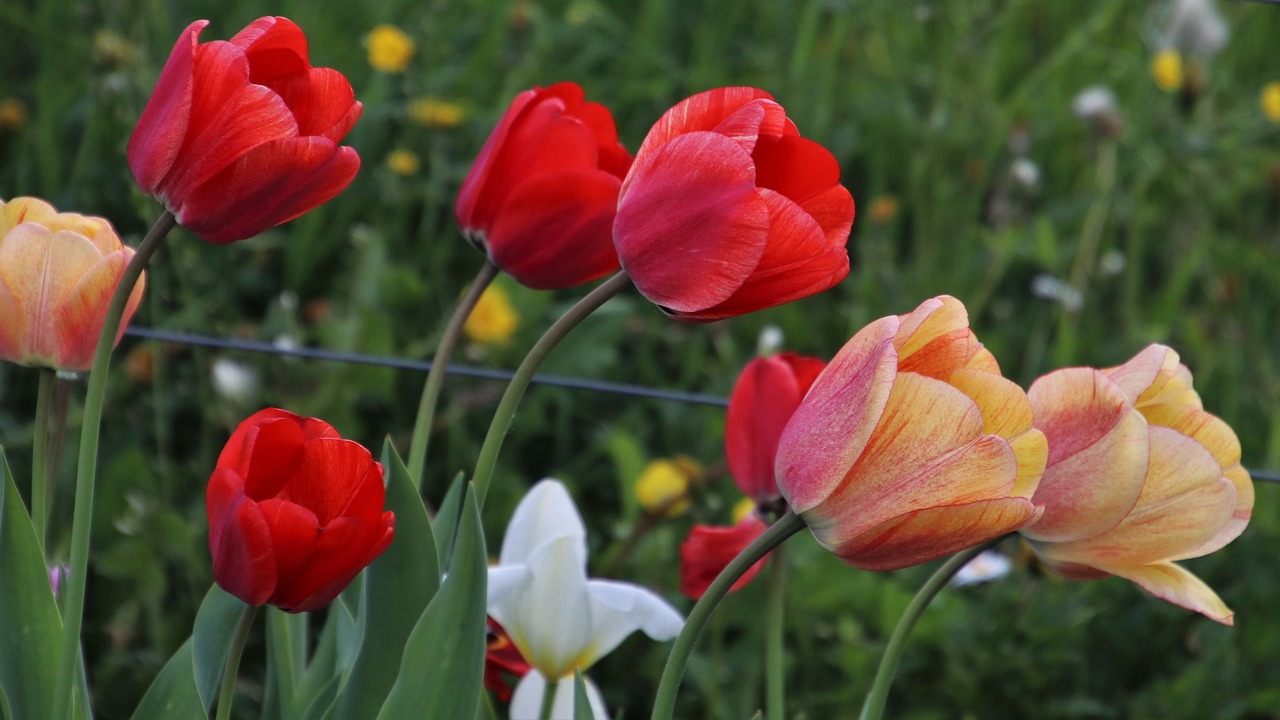A beautiful, lush lawn doesn’t have to be a dream, especially with the magic of artificial grass and a little bit of help from your urban gardeners who can give you the best guide on how to do it all by yourself.
Bid farewell to the cumbersome tasks of mowing, watering, and weeding, and embrace the unparalleled convenience and allure of synthetic turf. However, achieving and maintaining the perfect artificial lawn demands a unique approach. In this ultimate guide, we unveil the secrets to effortlessly maintaining your artificial grass, ensuring a stunning and vibrant outdoor oasis that captivates throughout the seasons.

The concept of artificial grass
Let’s start by introducing the concept of artificial grass and the benefits it has. In recent years, the allure of lush lawns has taken a transformative turn with the rising popularity of this synthetic marvel. This innovative solution has rapidly become the number one choice for homeowners by offering a low-maintenance alternative to traditional natural grass.
The appeal lies not only in the aesthetic charm it gives but also in the advantages it brings to the table like water conservation to minimal. It is also a perfect combination of environmental consciousness and visual splendor.
Urban Gardeners’ turfing services in South East London are the only ones you’ll need to get that beautiful garden you’ve always dreamed about!
1. Artificial grass maintenance
In the realm of landscaping innovation, artificial grass emerges as a transformative alternative to its natural counterpart. To comprehend the intricacies of maintaining, it’s important to first grasp its fundamental structure.
Typically, the synthetic turf comprises a foundation of compacted aggregate which provides stability, followed by layers of a geotextile membrane for drainage and rubber or sand infill for added resilience. They are often made from materials like polyethylene or polypropylene and mimic the texture and appearance of natural grass by creating a resilient and visually appealing surface.
While artificial grass eliminates arduous tasks like mowing, weeding, and watering, it’s not entirely immune to the effects of time and weather. Regular maintenance plays a pivotal role in ensuring the longevity and aesthetics of your lawn. By neglecting regular care, you can cause issues such as compaction, fading, or matting of the fibers. This is the main reason why most people prefer to give this specific task to their gardeners.

2. Cleaning and debris removal
Removing the debris and cleaning the areas is the center stage of the next following steps, so be sure you keep an eye and your synthetic oasis will remain a vibrant and inviting outdoor space.

3. Preventing weeds and moss
While artificial grass stands as a resilient fortress against the common adversaries of natural lawns, it is not impervious to the subtle invasion of weeds and moss. With the next tips, you can be sure that your synthetic sanctuary remains pristine.

4. Seasonal maintenance tips
Maintaining the allure of your artificial grass year-round requires adapting your care routine to seasonal nuances.
Here are tips for each season:
Seasons | TASKS AND TIPS |
|---|---|
WINTER | Gently remove snow with a soft broom or plastic shovel. |
Avoid using metal tools to prevent damage to fibers. | |
Use pet-safe de-icer sparingly to prevent ice buildup. | |
SPRING | Inspect for wear and damage. |
Revival | Lift fibers with a stiff brush. |
Preparation | Consider adding fresh infill for resilience. |
Conduct a comprehensive grooming session for a natural look. | |
SUMMER | Combat heat with regular watering. |
Resilience | Pay attention to sun-exposed areas to prevent color fading. |
Inspect for minor issues and address promptly. | |
AUTUMN | Clear fallen leaves promptly to prevent compaction. |
Prep and Pet Care | Trim overhanging branches. |
Assess high-traffic pet zones. | |
Replace infill if needed. | |
Address odors with a pet-safe turf deodorizer. |
Ready to hire experienced gardeners?
Get in touch with our team at 07760800457 or send us an email enquiry to office@urbangardeners.co.uk.
Urban Gardeners' specialist will be able to assist you with all outdoor tasks, from simple mowing to complete garden makeovers and design, lawn laying, pressure washing and more.


0 comments